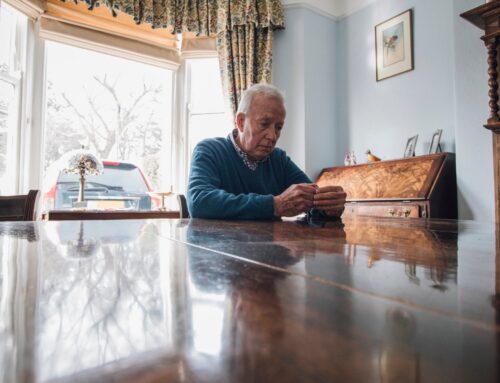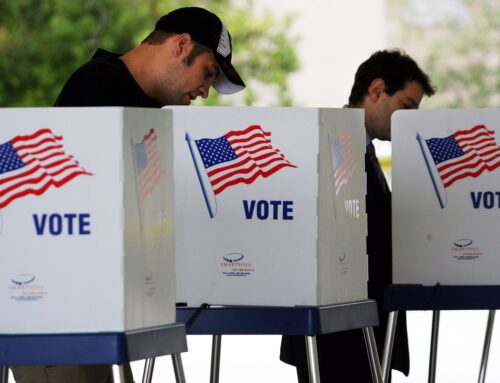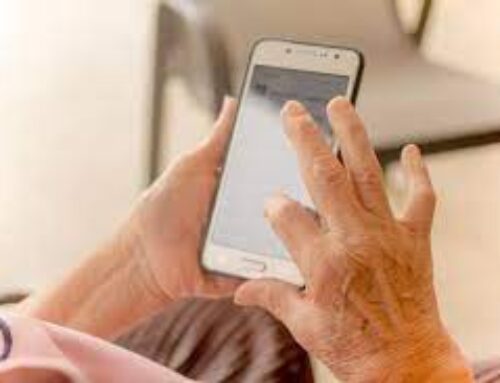Nearly 30 million Americans could benefit from using a hearing aid, according to the National Institute on Deafness and Other Communication Disorders (MNIDCD).
But a small percentage of people with hearing loss actually use one — under 30 percent of those ages 70 and older and only 16 percent of those ages 20 to 69.
Many may not be aware of how much they’ve improved in the past decade, says Laurel Christensen, chief audiology officer at GN Hearing, a hearing device manufacturer.
“Hearing aids over the last 10 years have undergone a big change … and have really started to meet the needs of people with hearing impairment far better.”
Here are some of the most exciting advances in hearing aid technology from a story by Andrea Barbalich on AARP.org.
Rechargeable hearing aids
A common problem for users of hearing aids is changing the tiny batteries that keep them running.
“Many older people do not have great manual dexterity,” says Christensen. But now you can buy rechargeable hearing aids: “You charge it at night the same way you do your phone, and get a full day of hearing aid life the next day,” she says.
The typical charge lasts 30 hours.
Another benefit to the rechargeables: “You no longer have to worry about the battery beeping when you’re in church or a restaurant,” says Eryn Staats, an audiologist and audiology manager at the Ohio State University (OSU) Wexner Medical Center.
Smartphone connectivity
Some of the latest hearing aids are able to connect wirelessly to both Android and iPhone devices, which brings a whole host of benefits.
For one, the wearer is better able to hear while talking on the phone.
“One of the biggest losses for people with impaired hearing is the ability to use the phone,” says Staats.
Not being able to see the speaker and read lips cuts down on understanding.
With smartphone connectivity, the clarity improves.
Own Voice Processing
Many people who wear hearing aids complain about the sound of their own voice.
Sometimes this is because of occlusion, an increase in the loudness of the user’s voice when the ear canal is blocked by a hearing aid.
Other times the hearing aid can create an unnatural perception of a person’s voice.
Both problems are important to address because patients may avoid wearing a hearing aid if they don’t like the sound of their own voice.
New technology from Signia, called Own Voice Processing (OVP), can help, according to research conducted in the audiology clinic at the University of Northern Colorado.
A hearing aid that has this technology is able to detect the wearer’s voice and process it separately from external sounds, which are unaffected.





